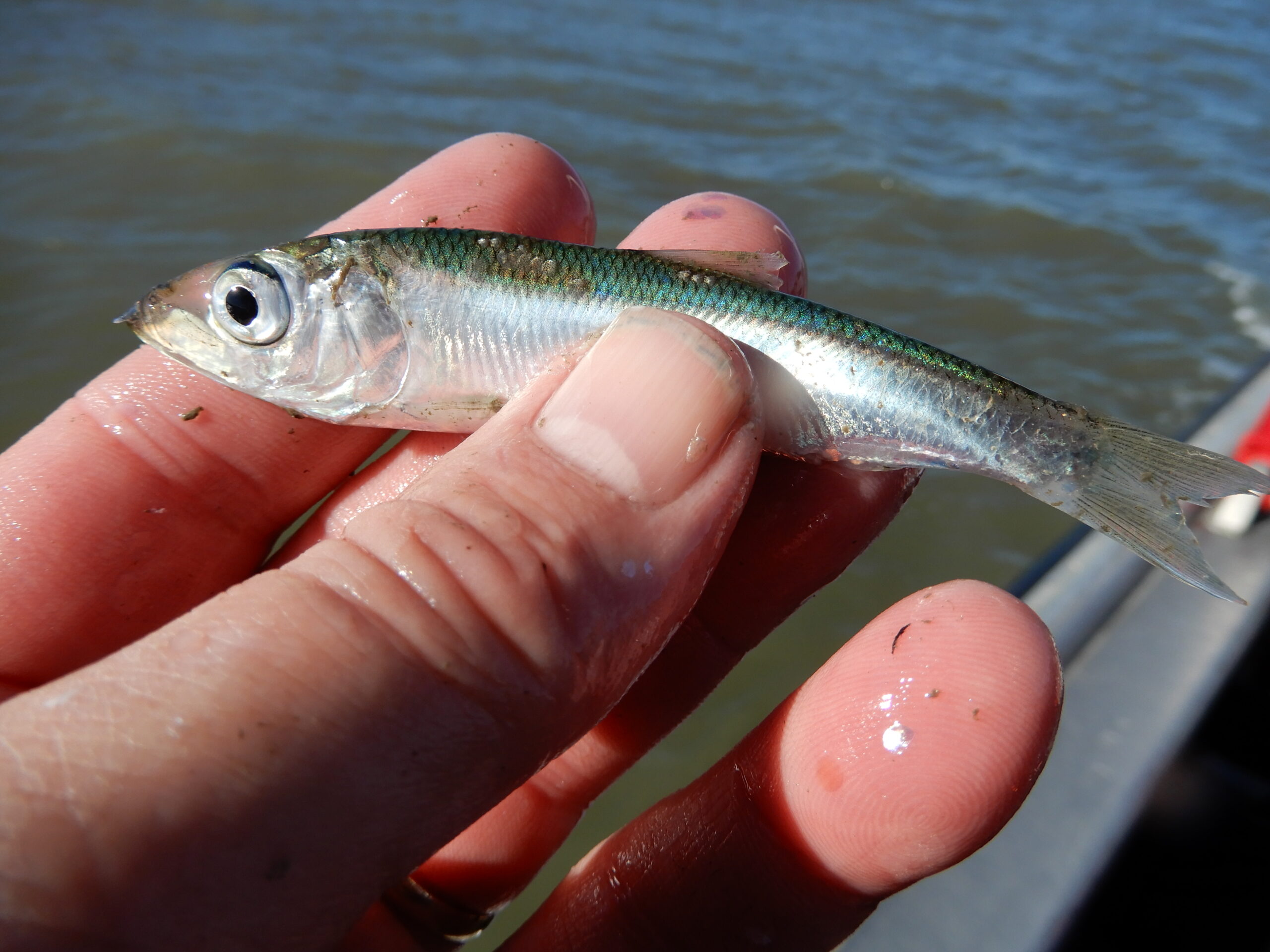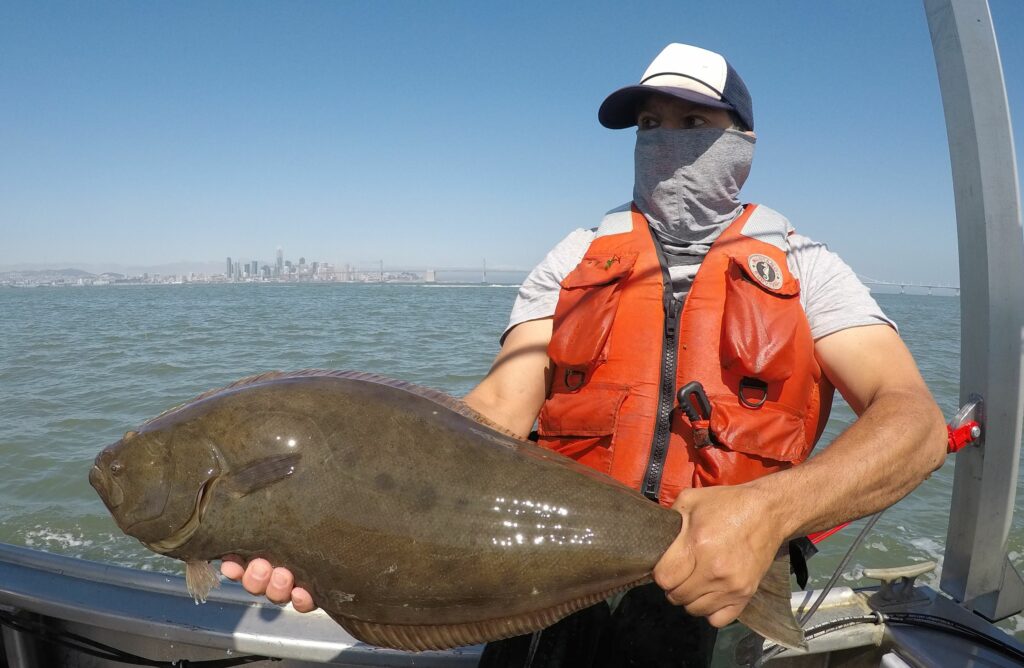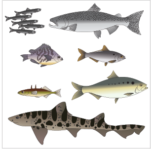
This winter, herring spawns in San Francisco Bay – visible from land as frenzies of birds and pinnipeds and even water discolored by herring milt – have been few and far between, according to recreational fishers who pursue the fish each year using hand-thrown cast nets. With few other eyes on the resource, it seems reasonable to assume that the downward trend in biomass documented through the 2019-2020 winter has continued.
But nobody knows for sure. For decades, the California Department of Fish and Wildlife has carefully monitored and assessed the Bay’s herring runs. The research used a variety of surveys to produce annual biomass tonnage estimates almost every year since the 1970s. But in recent years a new herring Fishery Management Plan, developed by both regulators and fishers, is taking a more nuanced approach.
“We now use a tiered framework that scales management effort to commercial fishery effort, in terms of both participation and catch rate,” wrote agency staffers in a response to email questions from Estuary.
At the end of the 2019-20 season, CDFW noted “low effort, low landings, and a below-cutoff biomass estimate,” according to a follow up email. This triggered a closure of the SF Bay fishery and progression to a different, less intensive, monitoring protocol which continues to this day, and until different conditions kick in. As a result, data once shared with the public look a little different.
Tiered decision-making provisions in the same plan then allowed San Francisco Bay’s commercial gillnetters a yearly quota of 750 tons of herring for the 2021-2022 season (up from zero tons the prior season). The way some see it, the department increased the fishing limit precisely when, in the name of precautionary management, they should have maintained the moratorium and full-on survey efforts.
“Right now is the critical time to be managing this fishery and monitoring it,” says Geoff Shester, California campaign director for the nonprofit ocean-conservation group Oceana. The organization spent years collaborating with state biologists to set new guidelines for regulating the commercial fishery and establishing a recreational daily take limit, which previously did not exist. Some of that work is reflected in the new fishery management plan.
Whatever the plans, herring seem to be in trouble. For the past eight years, San Francisco Bay herring biomass has been trending toward record-low levels. According to department data, the average annual biomass over more than 40 years is about 47,000 tons, but in the past several years, the biomass has averaged around 10,000 tons. In the most recent winter of the herring biomass survey (the 2019-2020 season), the biomass was just 6,427 tons. Theories to explain the long-term decline range across the books, with possible causes including overfishing, climate change, reduced Delta outflow, and pollution.

Shester believes the region’s herring population could dwindle further if it is too intensively fished. Environmental factors, like ocean and habitat conditions, may also dictate their future. He warns that so-called forage fish – small species like herring, sardines and anchovies – are susceptible to natural ups and downs in their population size and that fishing pressure during abundance lulls can be devastating. The plight of the West Coast sardine fishery, Shester says, illustrates the potential to fish one of these resources into the ground. The estimated biomass of the Pacific sardine has dropped by 98 percent since 2006, and federal fishery managers continue to allow fishing. Shester says it may take decades for sardines to recover, and he warns that a similar future could await San Francisco Bay’s herring.
“We need to let the herring stock recover to healthy levels before resuming fishing,” Shester says.
Top photo: James Ervin
Previous Estuary Stories
